Majestic Marvels: Exploring the Top Monuments in Greater Cairo
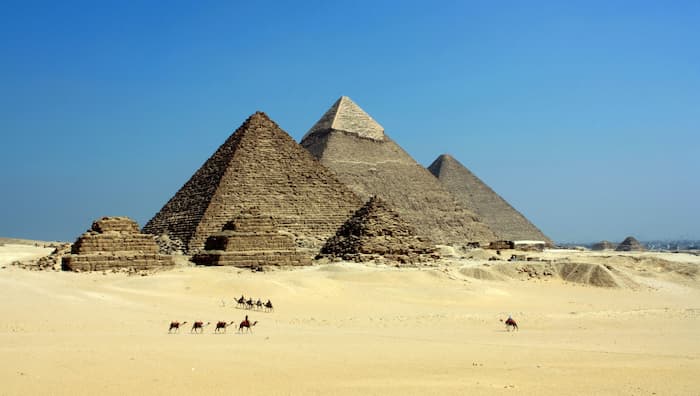
Greater Cairo, the sprawling heart of Egypt, is a treasure trove of historical and architectural wonders. With a history spanning millennia, this vibrant metropolis is home to some of the world's most iconic monuments. From the awe-inspiring pyramids to the magnificent mosques and palaces, these landmarks stand as testaments to the rich cultural heritage of Egypt. In this article, we embark on a journey to explore the top monuments that define the essence of Greater Cairo.
Place to visit in greater Cairo
The Great Pyramids of Giza
No visit to Greater Cairo is complete without witnessing the majestic Great Pyramids of Giza. These ancient wonders, the most famous monument in greater Cairo, including the Pyramid of Khufu, the Pyramid of Khafre, and the Pyramid of Menkaure, are the last surviving members of the Seven Wonders of the Ancient World.
Standing in the shadow of these colossal structures, visitors are transported back in time to the reign of the pharaohs and the grandeur of ancient Egypt.
The Sphinx
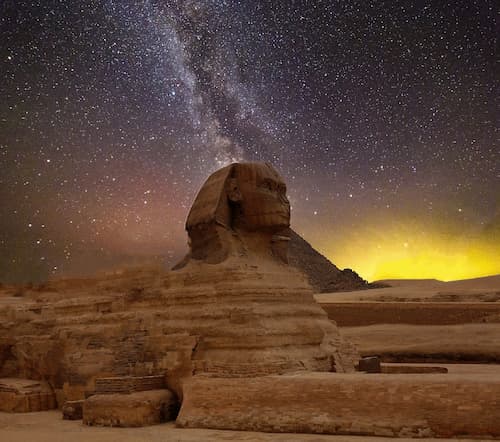
Adjacent to the Pyramids of Giza, the Sphinx is another iconic monument that has captured the imagination of people worldwide. This enigmatic guardian, with the body of a lion and the head of a pharaoh, is shrouded in mystery and intrigue. Its colossal size and striking presence make it a must-see attraction, with visitors pondering its secrets for centuries.
The Citadel of Saladin
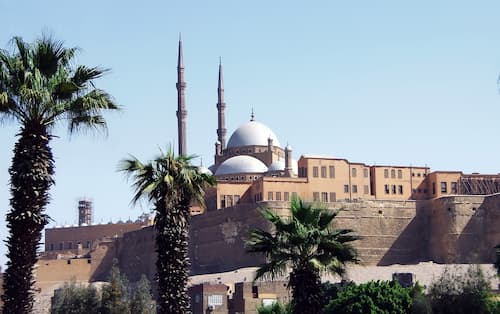
Perched on a hill overlooking the city, the Citadel of Saladin is a medieval fortress that has played a significant role in Egyptian history. Built in the 12th century by Salah ad-Din (Saladin), it served as a symbol of power and defense against invaders.
Today, the Citadel houses several museums and mosques, including the stunning Mosque of Muhammad Ali, also known as the Alabaster Mosque, with its gleaming white domes and minarets.
The Hanging Church
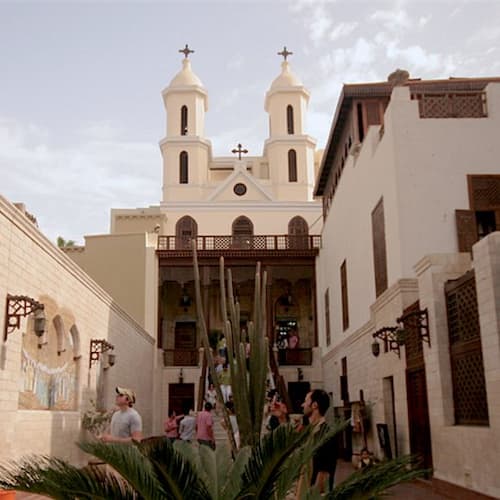
Located in the heart of Old Cairo, the Hanging Church, officially known as the Coptic Orthodox Church of St. Virgin Mary, is a historical and architectural gem. This ancient church, dating back to the 3rd century, is one of the oldest in Egypt. Its name comes from its location above the Roman Water Gate, and its beautiful interior is adorned with exquisite Coptic art and frescoes.
The Sultan Hassan Mosque and Al-Rifa'i Mosque
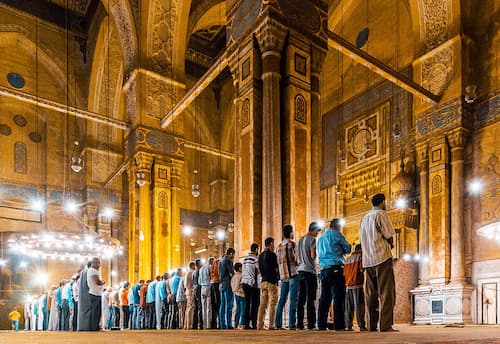
These two adjacent mosques in Islamic Cairo represent the pinnacle of Islamic architecture. The Sultan Hassan Mosque, built in the 14th century, is known for its impressive size and intricate design, while the Al-Rifa'i Mosque, constructed in the 19th century, boasts a stunning blend of Ottoman and Mamluk architectural styles. The latter also serves as the final resting place for members of the Egyptian royal family.
The Egyptian Museum
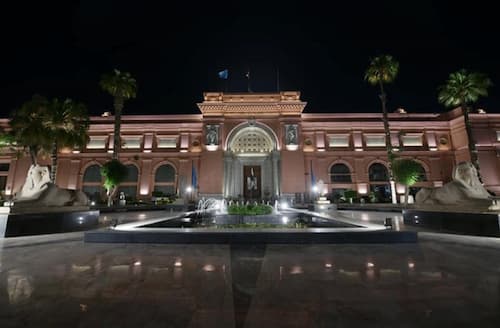
While not a traditional monument, the Egyptian Museum in Tahrir Square is a monumental treasure trove of history. Home to an extensive collection of ancient artifacts, including the priceless treasures of Tutankhamun, the museum offers a deep dive into Egypt's past. It provides a captivating narrative of the country's evolution from antiquity to modernity.
Ibn Tulun Mosque
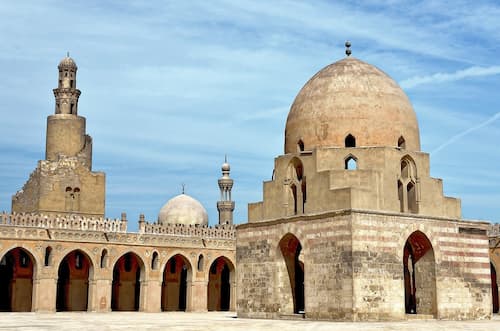
The Ibn Tulun Mosque, one of the oldest and most well-preserved mosques in Cairo, is a true architectural gem. Built in the 9th century during the Abbasid era, this mosque stands out for its unique and graceful design. It features a massive courtyard, spiral minaret, and a charming combination of stucco decorations and carved woodwork. Climbing the minaret's narrow spiral staircase rewards visitors with panoramic views of the surrounding area.
Khan el-Khalili

While not a single monument, Khan el-Khalili is a historic market district that deserves a spot on any list of Greater Cairo's top attractions. This bustling bazaar has been a center of commerce for centuries, offering a labyrinthine network of narrow streets filled with shops, stalls, and artisans. Here, you can immerse yourself in the vibrant atmosphere, shop for souvenirs, and sample traditional Egyptian street food.
The Manial Palace and Museum
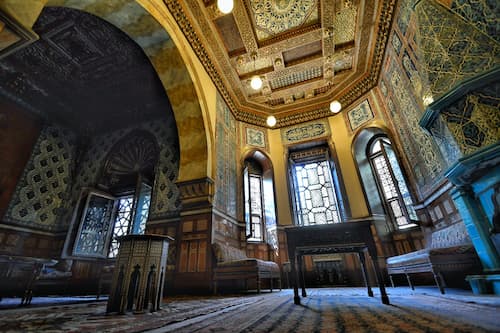
Situated on the island of Rhoda in the Nile, the Manial Palace and Museum is a hidden gem that often escapes the typical tourist itinerary. This opulent palace, built by Prince Mohammed Ali Tewfik in the early 20th century, features a blend of architectural styles, including Ottoman, Persian, and Andalusian influences. The palace is surrounded by lush gardens and offers a serene escape from the city's hustle and bustle. The on-site museum showcases an impressive collection of Islamic art and artifacts.
The Ben Ezra Synagogue
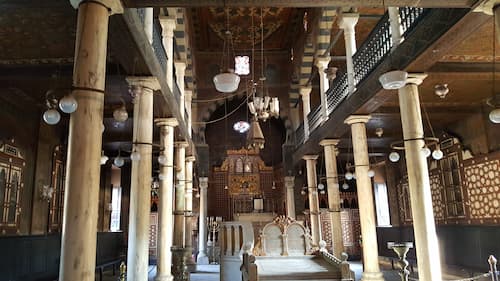
Located in the heart of Old Cairo, the Ben Ezra Synagogue is a significant historical and religious site. It is believed to be built on the site where baby Moses was discovered in the reeds of the Nile River. The synagogue's architecture is a beautiful fusion of Jewish and Islamic influences, making it an intriguing monument to explore. The interior features a tranquil courtyard and a small museum with exhibits on the history of the Jewish community in Egypt.
The Cairo Tower
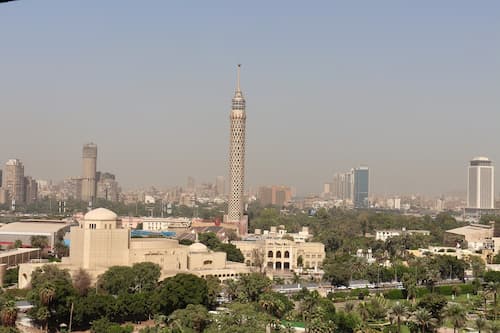
The Cairo Tower, also known as the Borg Al-Qahira Tower, is a modern architectural marvel that graces the city's skyline. Completed in 1961, it stands at 187 meters tall and offers panoramic views of Greater Cairo. Visitors can take an elevator ride to the observation deck for breathtaking vistas of the Nile River, the Pyramids, and the bustling city below. The tower's design is inspired by ancient Egyptian lotus flowers and is beautifully illuminated at night.
Al-Azhar Mosque
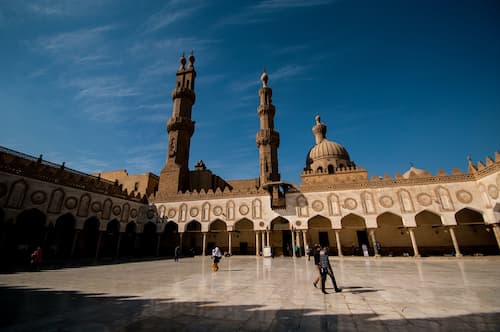
Al-Azhar Mosque, often referred to as the "Mosque of the Most Resplendent," is not only a place of worship but also a renowned center of Islamic learning. Established in 970 AD, it has been a focal point of Islamic scholarship for centuries. The mosque's stunning architecture, with its intricately decorated minarets and domes, is a testament to Islamic craftsmanship. It remains an important cultural and religious symbol for Muslims worldwide.
Abdeen Palace
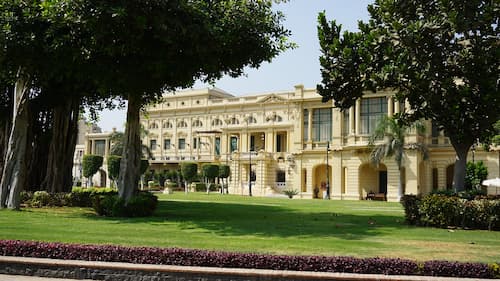
Abdeen Palace, situated in the heart of Cairo, is a grand royal residence that was built in the 19th century. It served as the official residence of the Egyptian monarchy during the reign of King Farouk. Today, the palace houses the Abdeen Museum, which features an impressive collection of art, historical artifacts, and royal memorabilia. The palace's opulent interiors and beautiful gardens offer a glimpse into Egypt's royal history.
Al-Muizz Street
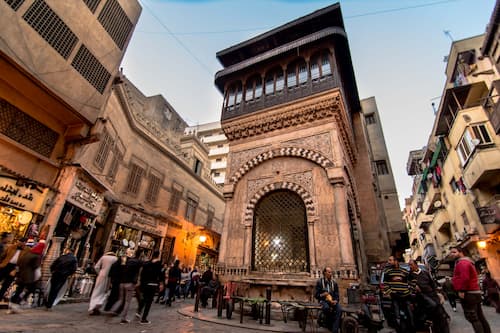
Al-Muizz Street, also known as Al-Muizz li-Din Allah Street, is a historical thoroughfare that runs through Islamic Cairo. It is often referred to as an "open-air museum" due to the numerous historical monuments and architectural wonders lining its path. Along this ancient street, you'll find stunning mosques, madrasas (Islamic schools), and grand gates that transport you back in time to the golden age of Islamic civilization.
The Nilometer on Rhoda Island
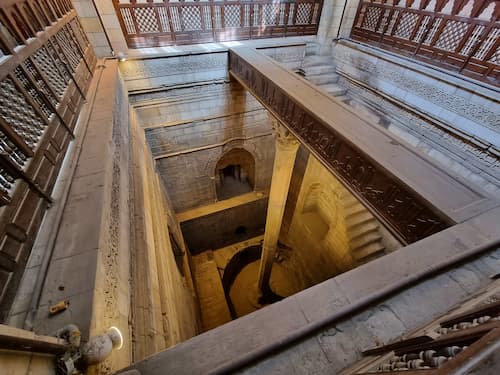
The Nilometer, located on Rhoda Island in the Nile River, is a historic structure used to measure the river's water level during ancient times. It played a crucial role in predicting the annual flooding of the Nile, which was vital for agriculture in ancient Egypt. The Nilometer's architecture, which includes a spiral staircase and ornate carvings, reflects the significance of the Nile in Egyptian culture and history.
The City of the Dead (Qarafa)
The City of the Dead, or Qarafa, is a unique and historic necropolis in Greater Cairo that has evolved into a living community over time. This vast cemetery is home to countless tombs, mausoleums, and historic structures, some of which date back centuries. Families have settled among the tombs, creating a distinctive atmosphere where life and death coexist. While it may seem unusual, exploring this area provides a fascinating insight into the daily lives of its residents.
The Coptic Museum
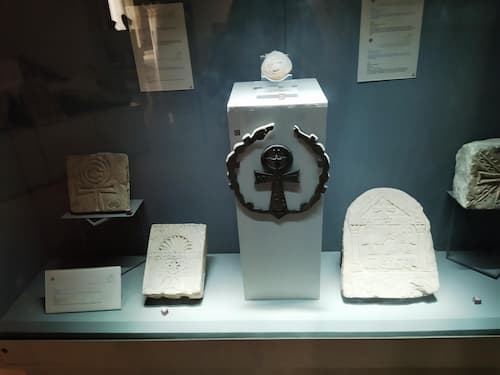
The Coptic Museum is a remarkable institution that preserves and celebrates Egypt's Coptic Christian heritage. Located in Old Cairo, this museum houses an extensive collection of Coptic art, manuscripts, textiles, and artifacts. Visitors can admire intricately carved wooden panels, ancient Christian manuscripts, and beautifully adorned textiles that showcase the artistic and cultural contributions of the Coptic community throughout history.
Al-Azhar Park
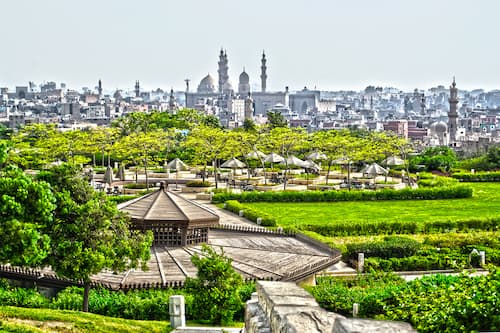
Al-Azhar Park is an oasis of greenery and tranquility in the heart of bustling Cairo. Established in 2005, this beautifully landscaped park offers a peaceful escape from the city's chaos. It boasts lush gardens, fountains, and picturesque views of historic Cairo. The park also features the elegant Ayyubid Wall, which adds a touch of history to its serene ambiance.
Baron Empain Palace
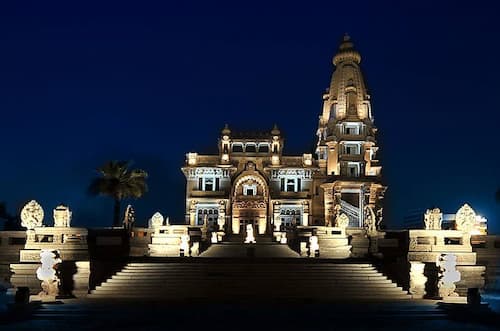
The Baron Empain Palace, also known as the Hindu Palace, is an architectural gem that stands as a testament to Cairo's cosmopolitan history. Built in the early 20th century by the Belgian industrialist Baron Empain, this palace combines European and Indian architectural styles. It is renowned for its striking lotus-shaped design and intricate details. Although it is not always open to the public, the palace's exterior is a captivating sight.
Saqqara and the Step Pyramid
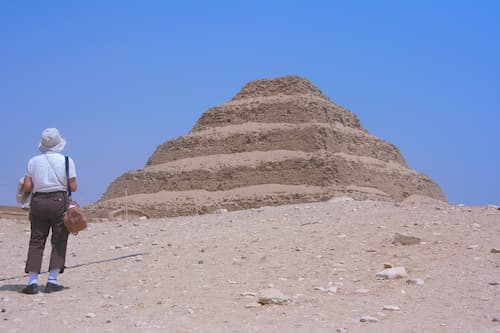
Just a short drive from the city, the Saqqara Necropolis is an archaeological wonder that holds the Step Pyramid, one of the oldest stone structures in the world. This pyramid, built for Pharaoh Djoser in the 27th century BC, marked a significant shift in Egyptian burial practices. Saqqara is a vast site filled with tombs, mastabas, and ancient relics that provide insights into the early history of Egypt.
The Mohammed Ali Mosque in the Citadel
While the Citadel itself is an attraction, the Mohammed Ali Mosque within it is a true architectural masterpiece. Constructed in the 19th century, this mosque is often referred to as the Alabaster Mosque due to its gleaming white exterior. Its grand dome and towering minarets dominate the Cairo skyline. Visitors can explore its intricately decorated interior and enjoy sweeping views of Cairo from its courtyard.
Old Cairo Gates: Bab Zuweila and Bab al-Futuh

Old Cairo is enclosed by two historic gates, Bab Zuweila and Bab al-Futuh, which once served as the main entrances to the city. These gates are not only architectural marvels but also offer panoramic views of the bustling streets of Islamic Cairo from their towering minarets. Climbing the narrow staircases to the top of these gates provides a unique perspective on the city's vibrant life.
A journey through time
Greater Cairo is a city where the past meets the present in a harmonious blend of history and contemporary life. The top monuments in this bustling metropolis not only serve as reminders of Egypt's glorious past but also as symbols of its enduring cultural legacy.
Exploring these architectural marvels is an immersive journey through time, allowing visitors to connect with the captivating stories of ancient Egypt and the remarkable achievements of its civilization.